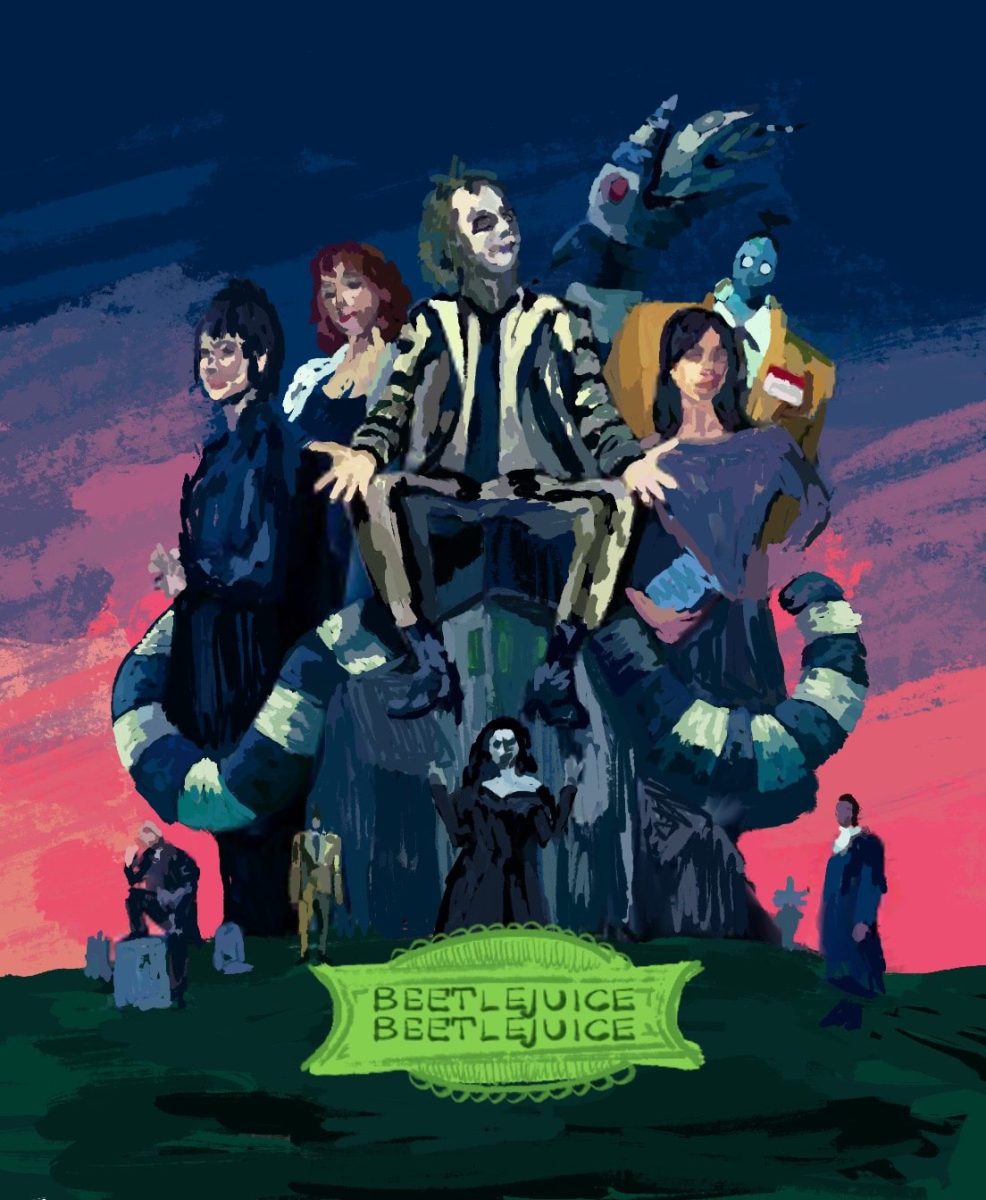By Michael Rothberg and Elana Zeltser
Jeffrey Bu ’12 cracks a fresh egg every morning into a sizzling frying pan. It may not be farm fresh, but it is backyard fresh. Bu has two pet chickens, which he keeps in a makeshift coop behind his house.
Last year, Bu’s father realized the costliness of buying cartons of eggs from the market each week.
“It really started as a joke, but then one day my dad and I actually went to a farm and picked up two chickens,” Bu said.
For the first few months, Bu and his family nurtured and incubated the baby chickens, keeping them in a box with a bright light shining on them. When they were old enough, the Bu family fenced off a portion of its backyard as a coop.
“When you approach, one of them, she will stare at you and let you stand right next to it,” Bu said. “The other one runs away literally every time someone is near her.”
Gil Young ’13 houses a green 5-month-old chameleon and a white, orange and red snake.
His snake, Quasimoto, which he got in ninth grade as a a reward for doing well in school, eats meals of frozen mice.
“I buy 30 frozen mice and take two out of the freezer a week,” Young said. “I thaw them in hot water before I feed them to the snake.”
Young said snakes are a good option for a first pet, as they are rather low maintenance, whereas chameleons require more care.
His chameleon, named Sloop after the Beach Boys song “Sloop John B,” needs to be fed live crickets each day. Young must also spray the leaves in its cage with water because chameleons drink by licking water droplets off leaves.
Sloop is currently monochromatic, as he is still young, but he will grow up to be aquamarine and yellow, Young said. However, when Sloop becomes agitated, his skin color changes.
“Sometimes when I reach into his cage he’ll get scared and begin to change colors or get stripes,” Young said.
Gabby Trujillo ’12 also has a snake, a baby ball python she got last summer.
Along with her ball python, Trujillo also has a cat and a dog.
“[The animals] all live in one apartment together and get along,” she said.
Unlike dogs and cats, “snakes only eat once a week,” Trujillo said, and they are easier to take care of than her other pets.
Trujillo feeds mice to her ball python.
“At first it was sad for me, but it was also cool,” she said.
Lauren Schlussel ’13 has cared for a chinchilla named Fergie for about six years.
“Chinchillas are one of the softest animals in the world,” Schlussel said. “She’s friendly and just really cute. I saw it at Petco and I begged my parents to let me get it until they finally gave in.”
In addition to cleaning her pet’s cage and feeding Fergie, Schlussel gives her chinchilla a “dust bath” every two weeks, in which the chinchilla rolls around in minerals to keep her coat clean and healthy.
Science teacher Blaise Eitner shares his home with a leopard gecko, a Chilean Rose Hair tarantula, a beta fish and a Californian desert tortoise named Mohave.
The reason Eitner has animals such a tortoise and a tarantula, is because “my wife and I and our family in general have lifestyles where we can’t be at home as much as we would like to,” Eitner said.
Eitner said pets such as dogs and cats have more emotional needs compared to those of a tortoise.
“We can leave these animals at home and not feel guilty that they somehow have not had their emotional needs met,” Eitner said.
When Eitner first got his tarantula, he didn’t know that they could climb glass, so he didn’t buy a top for the tarantula’s cage.
Eitner then left for a two week vacation, and when he returned, he went to check on the animals and said, “Honey, where is the tarantula?”
During the six weeks in which Eitner could not find the tarantula, he always warned guests who came over.
“We didn’t think it was right not to warn our guests about the tarantula. I would say, ‘Oh, by the way, you are welcome in our house but there is a tarantula crawling around somewhere,’” Eitner said.
Eitner, who has studied the life sciences for decades, also takes care of many animals in his Munger classroom including an aquarium of fish, a snake, a bearded dragon and an iguana.
Additional reporting by Jamie Chang































